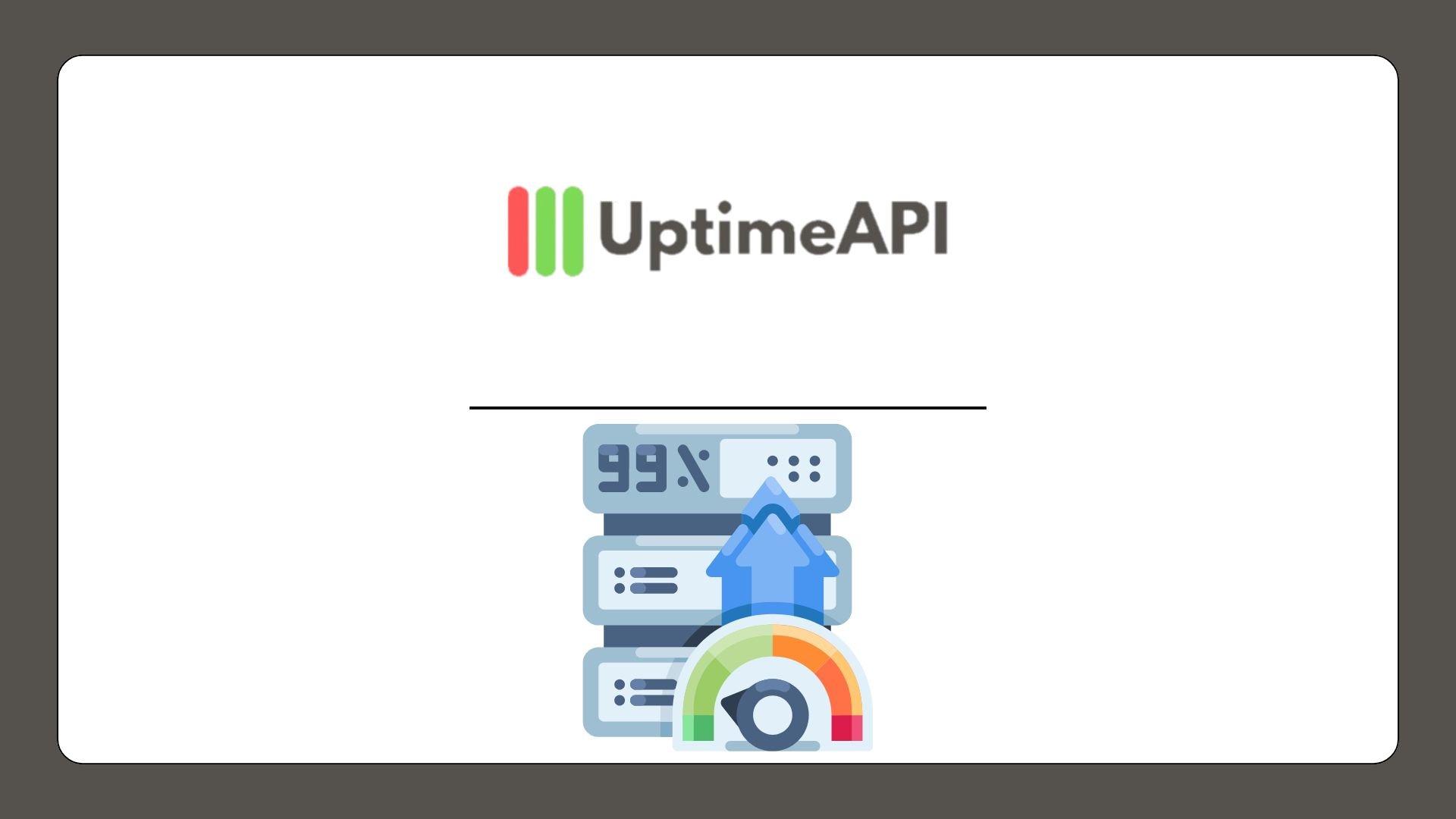REST API Uptime Monitoring For Developers

As developers, ensuring the uptime and performance of these APIs becomes a critical task. This is where uptime monitoring solutions, such as Uptime API, play a vital role. The ability to maintain a high REST API Uptime ensures that your applications run smoothly, providing an optimal experience for users while minimizing disruptions.
What Is REST API Uptime Monitoring?
In simple terms, REST API Uptime monitoring refers to the continuous observation and tracking of an API's availability and performance. APIs act as intermediaries, facilitating the exchange of data between various software systems. When an API experiences downtime, whether it's due to server issues, network problems, or overload, the services relying on that API may falter or fail to deliver results. This can lead to a cascade of problems, affecting user experience, business operations, and even causing potential revenue loss.
Developers use uptime monitoring tools to stay ahead of these issues. API Uptime ensures that the APIs are consistently available, responding in a timely manner, and delivering expected results. Downtime, even in short bursts, can have significant ramifications—especially in industries where real-time data exchange is critical. By proactively monitoring uptime, developers can identify potential performance bottlenecks before they escalate into larger issues.
Key metrics to monitor include the percentage of uptime (the time the API is functional compared to total time), response time (how fast the API reacts to requests), and availability (whether the API can be reached from various locations). Without constant monitoring of these metrics, developers might miss out on critical insights that could be used to optimize their services.
Why Developers Need Uptime Monitoring
For developers working in fast-paced environments, uptime monitoring is non-negotiable. API integration is often central to building features, connecting third-party services, or driving data flows across platforms. Ensuring seamless API integration, therefore, demands real-time insight into the API's availability and performance. If your API service suffers from downtime or latency, the user experience will be adversely impacted, potentially resulting in churn, brand damage, or missed opportunities.
One of the main reasons developers need to monitor REST API Uptime is the competitive edge it provides. With competition at an all-time high, especially in industries that depend on SaaS, FinTech, or eCommerce, even a small lapse in API availability can drive customers away. A consistent, reliable API makes your platform a preferred choice, helping to maintain customer trust.
Moreover, when developers are able to preemptively catch issues using uptime monitoring tools like Uptime API, it gives them the power to resolve issues quickly, often before they impact users. Without this proactive approach, teams risk falling into a reactionary cycle—where they only address problems after they have negatively impacted the user base. Such scenarios can be costly, both in terms of revenue and reputation. Monitoring REST API Uptime also helps developers identify patterns in downtime, which can further aid in long-term improvements.
With Uptime API, developers can monitor their API's performance in real-time. This means that any downtime or degradation in response time can be detected immediately, allowing for swift action. This feature is crucial for mission-critical applications where even a few minutes of downtime can lead to significant disruptions.

